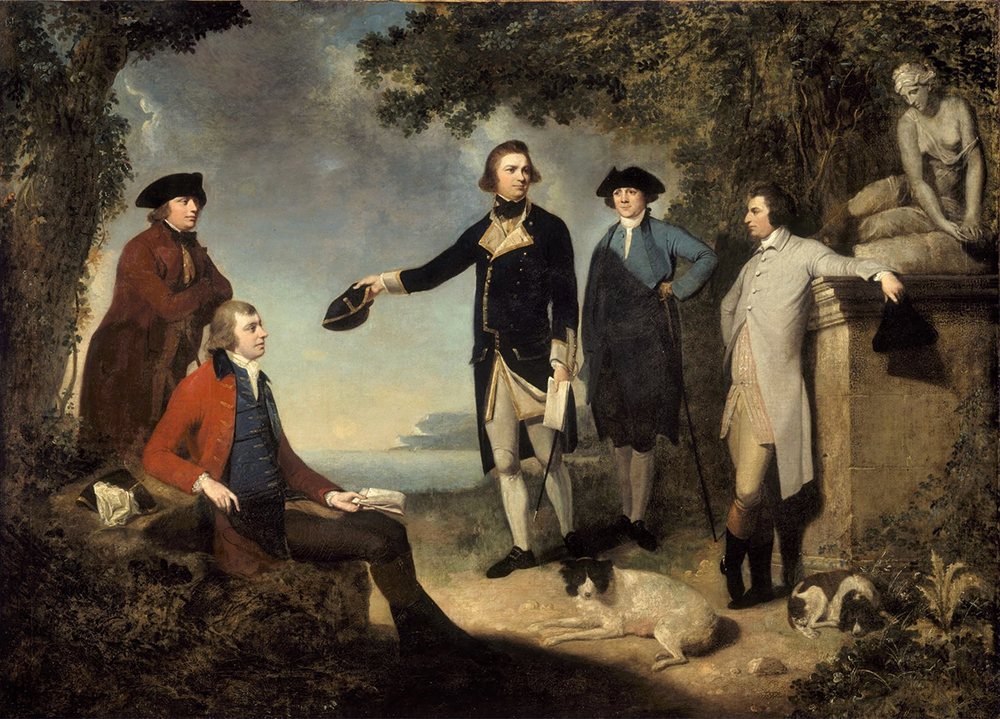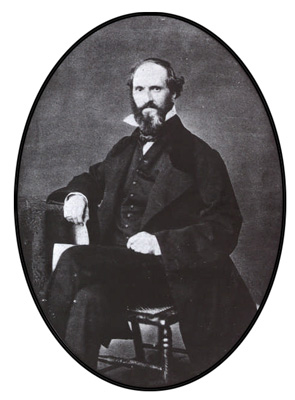Tropical plant hunters braved perilous expeditions to discover exotic species, shaping botany and global horticulture.
The world of tropical plant hunting is rich with tales of adventure and the pursuit of botanical treasures.
Driven by a passion for discovery, plant hunters ventured into the remotest parts of the globe, enduring harsh conditions to uncover new species and bring the beauty of the tropics to Europe and beyond.
These expeditions were as much about survival as they were about botanical science. In the 18th and 19th centuries, the demand for exotic plants surged, with European gardens and collectors eager for the rarest specimens.
Plant hunters, who were often trained botanists, played a crucial role in this process. They documented and preserved the plants they found, sending seeds and specimens back to Europe, where they contributed to the development of modern botany.
Among the most famous plant hunters was Sir Joseph Banks, who collected thousands of specimens during Captain James Cook’s first voyage to the South Pacific. His work enriched the Royal Botanic Gardens at Kew and established Britain as a leader in botanical research.
Another key figure was Robert Fortune, a Scottish botanist who traveled to China in the mid-19th century. Fortune is best known for smuggling tea plants out of China, but he also introduced many ornamental plants to Europe, including the popular “Fortune’s Double Yellow” rose.
These expeditions were perilous. Many plant hunters faced diseases, hostile environments, and conflicts with local populations. David Douglas, a Scottish botanist who introduced numerous American plants to Europe, tragically died in Hawaii.
Others, like Richard Spruce, spent years in the Amazon, battling illness while collecting valuable specimens, including the seeds of the cinchona tree, which became the source of quinine, a treatment for malaria.
Despite the dangers, the impact of these plant hunters was profound. They introduced a wide variety of plants that are now common in gardens and landscapes worldwide.
Plants like the rubber tree, orchids, and rhododendrons were all brought to Europe by these dedicated explorers, contributing not only to horticulture but also to the global economy.
Discover Beautiful Flowers, Expert Gardening Tips & Interesting Plant Science!
By submitting this form, you are consenting to receive marketing emails from: . You can revoke your consent to receive emails at any time by using the SafeUnsubscribe® link, found at the bottom of every email. Emails are serviced by Constant Contact



